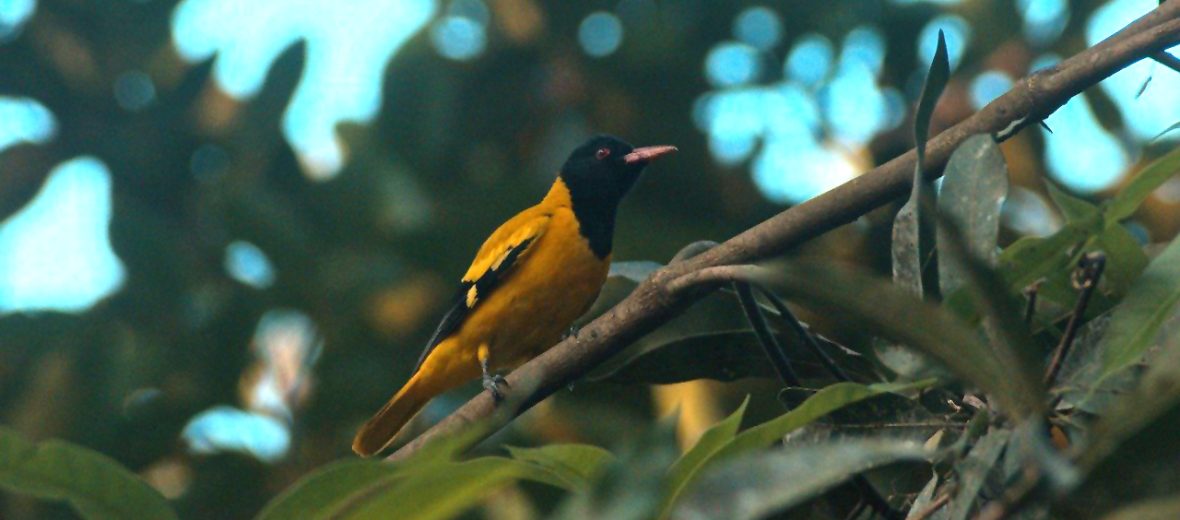
The black-hooded oriole, aka black-headed oriole, can be found from western United States, down to Mexico, and Central America. They prefer to take shelter in open woods, palms, and shade trees, near streams and in canyons. Black-hooded orioles can also be found in parks and urban settings. These passerine birds typically take shelter and sing in private, not in the open. Due to an overall lack of general threats, sans habitat destruction, these birds are listed as Least Concern by the IUCN, with an increasing population. This article is on special request from my friend Nick.
First the Stats…
Scientific name: Icterus cucullatus
Weight: Up to .86 ounce
Length: Up to 7+ inches
Wingspan: Up to 11 inches
Lifespan: Up to 5 years
Now on to the Facts!
1.) Males are bright orange to pale yellow, with a black face, back, tail, and bib. They also have white markings on their wings. Females tend to be more olive colored, with yellow markings.
2.) Similar to the cuckoo, the brown-headed cowbird will often deposit an egg in the nest of a black-hooded oriole. This is known as brood parasitism.
3.) Black-hooded orioles typically migrate in flocks, of varying sizes, south to Mexico’s southwestern coast.
4.) They are known as a nectar robber because they pierce the base of the flower, and don’t aid in pollination.
5.) These birds eat insects (like caterpillars, beetles, wasps, and ants). Berries and nectar are also readily consumed. They have also been known to visit hummingbird feeders and bird feeders for nectar and/or seeds.
But wait, there’s more on the black-hooded oriole!
6.) The calls of these birds is considered short, abrupt, and almost nasally or whiny.
7.) Their nest is a tightly woven pouch that is attached to the underside of a leaf or tree branch. Sometimes the nest is tucked into palm fronds.
Did you know…?
There are 5 recognized subspecies divided into 2 groups: the birds east of the Big Bend in Texas, are more orange, and the ones found in New Mexico and further south, are yellow in color.
8.) Similar to mockingbirds, these orioles engage in mimicry, and will copy the calls of the gila woodpecker and the ash-throated flycatcher.
9.) Females lay up to 5 eggs that hatch in up to 14 days. Nestlings take approximately 14 days to fledge.
10.) These birds are diurnal (active during the day).
Now a Short Black-Hooded Oriole Video!
Be sure to share & comment below! Also, check out the Critter Science YouTube channel. Videos added regularly!
Want to suggest a critter for me to write about? Let me know here.



